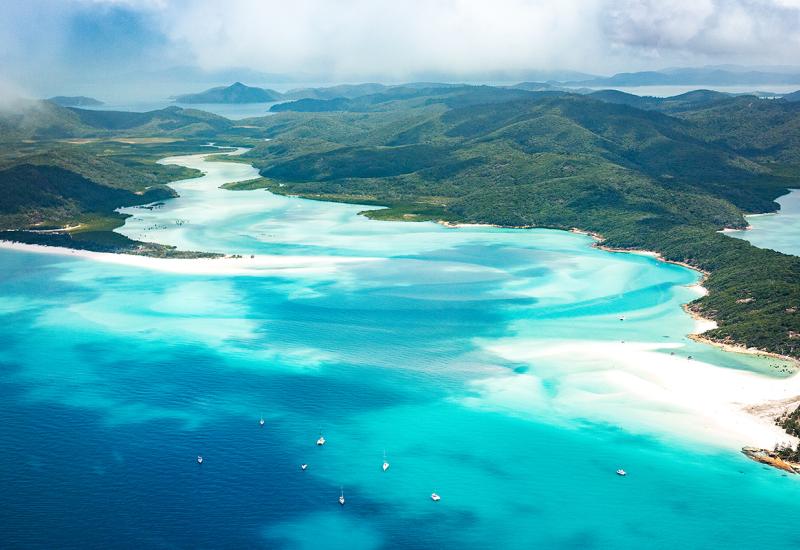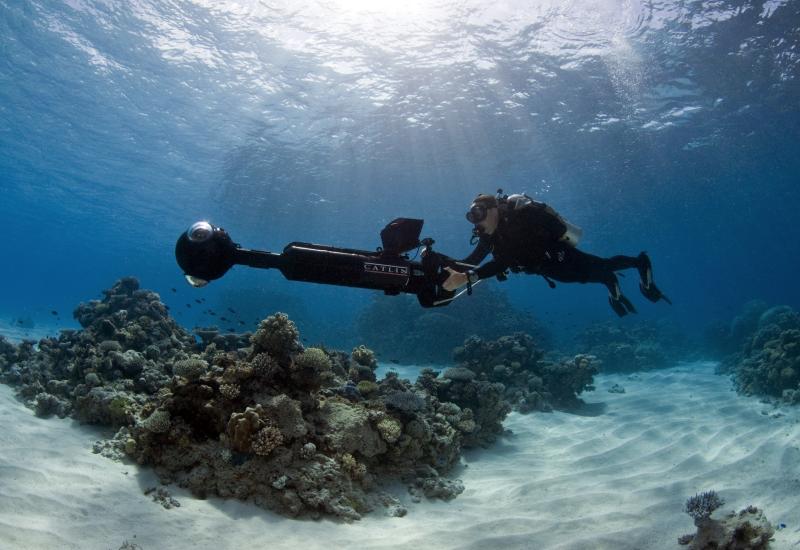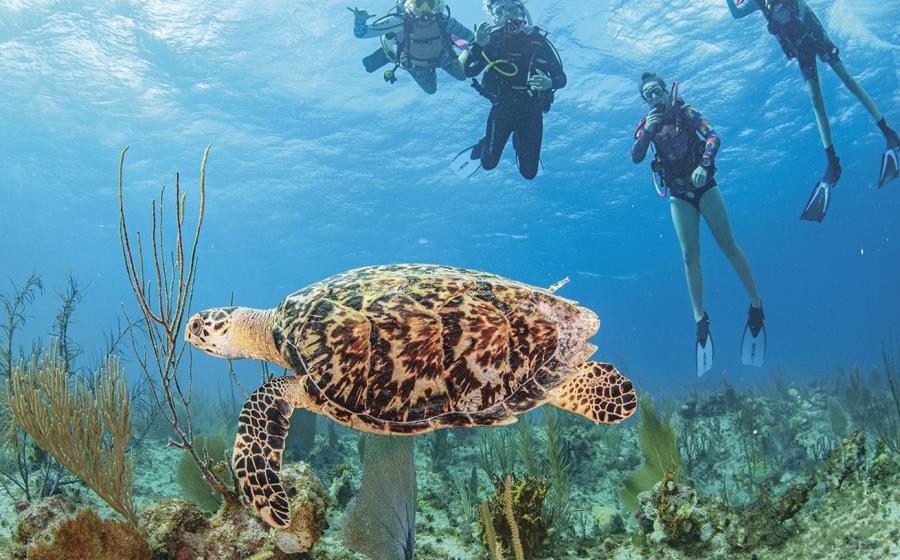The 10 Best Open Ocean and Seamount Scuba Diving Sites

Greg LecoeurInto the Blue - Mako Shark
Open-ocean and seamount diving offers out-of-the-ordinary experiences far from the confines of a coral reef.

Elizabeth FleenerDive Map: Princess Alice Bank - Azores
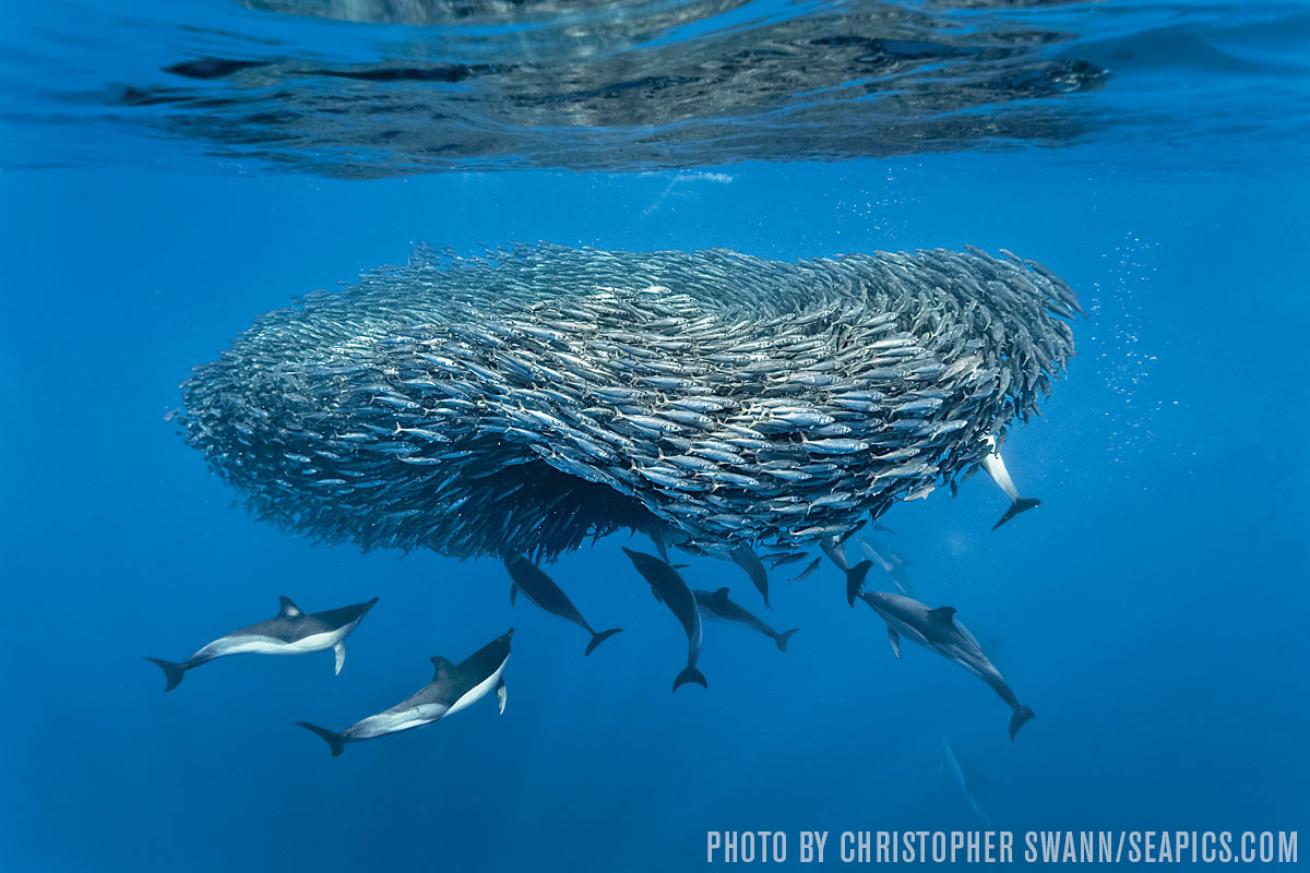
Christopher Swann/Seapics.comPrincess Alice Bank - Azores
The words “open ocean” can apply to almost any dive location that’s away from the shoreline, but when you’re talking about Princess Alice Bank, the description ap- plies literally. Accessible from the Azores, the bank is truly in the middle of the ocean, a pinnacle on the western edge of the Mid-Atlantic Ridge, along the seam of a tectonic plate boundary that runs from Iceland nearly to Antarctica. Its shallowest point is 100 feet below the surface, but it quickly drops to the ocean floor nearly 8,000 feet below. It’s been called the “meeting place of the mobulas” for the congregations of the Atlantic devil rays you’ll see when you slip into the water. Not only can you drop into the big blue to watch these rays execute their blue-water ballets with dozens of their friends, but you can also tango with vast shoals of jacks and tuna, or sleek, sword-tipped marlin. Getting here is no walk in the park — it takes about three hours each way from the Azorean island of Pico. And with so much time spent boating across open ocean, trips are heavily dependent on sea conditions.Dive This Now » cwazores.com
Pictured Above: A pod of common dolphins corrals a school of blue jack mackerel at Princess Alice Bank, an almost surefire spot for a big-animal encounter.
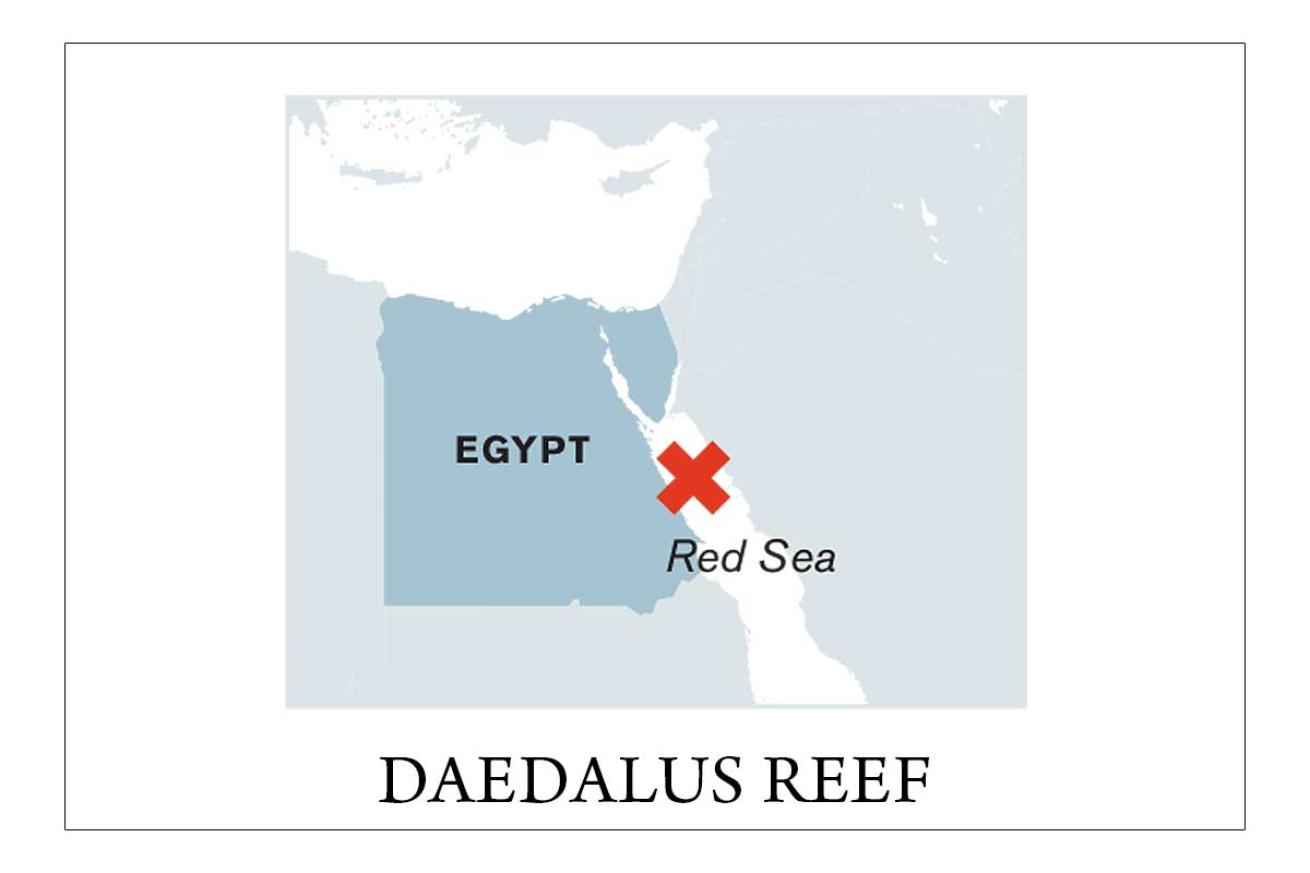
Elizabeth FleenerDive Map: Daedalus Reef - Egypt's Red Sea
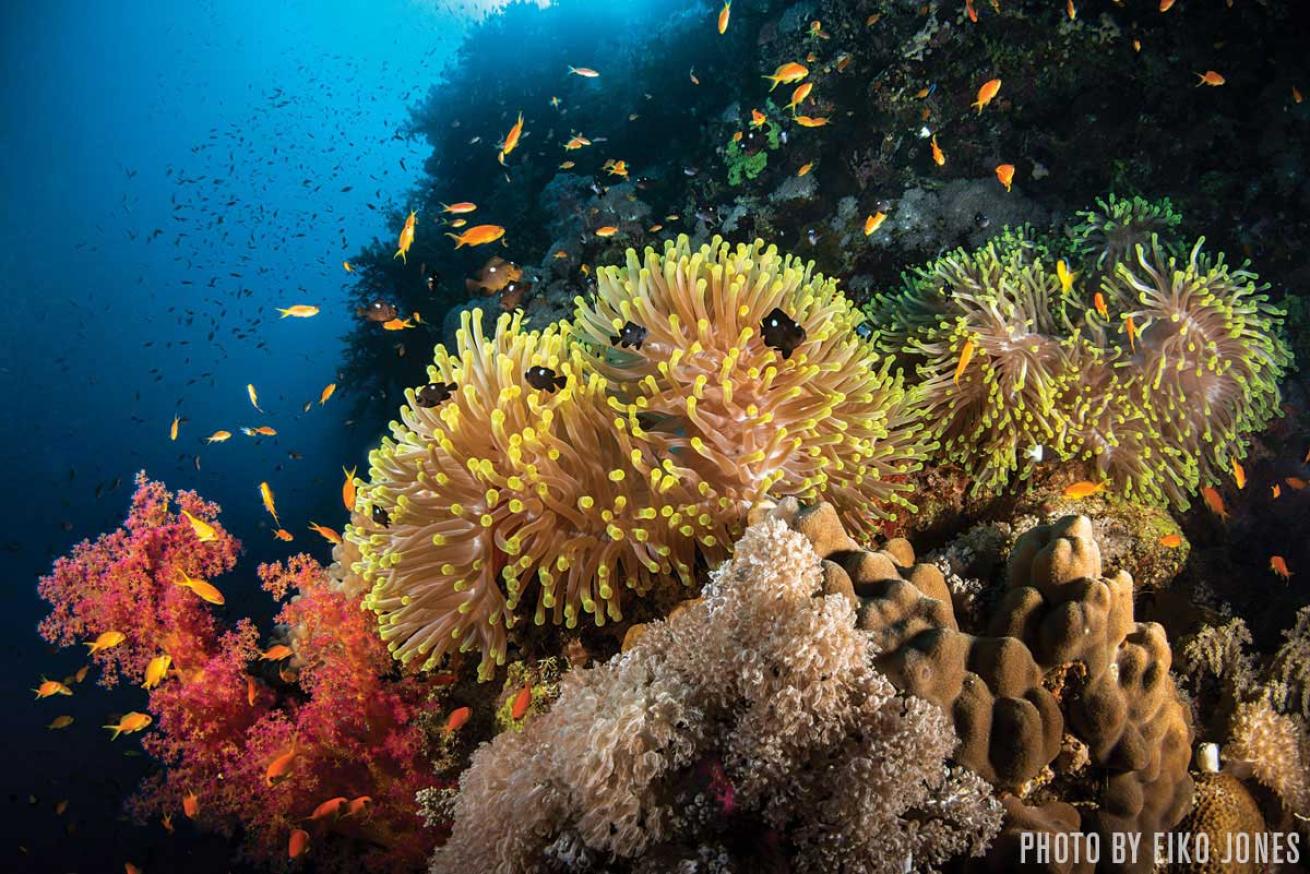
Eiko JonesDaedalus Reef - Egypt’s Red Sea
The Red Sea’s Daedalus Reef is the stuff of legend, not only because of the pristine technicolor corals that feather this remote spot, but also because its open-ocean location makes it a hot spot for blue-water shark encounters. Best visited by liveaboard, Daedalus sits about 50 miles southeast of Egypt’s Marsa Alam, nearly halfway to the Saudi Arabian coast, and its 360 degrees of sheer walls drop sharply into 1,500 feet of water that whips and streams with wild currents. Kick into the blue water from the exposed northern side of the reef for the chance to swim among towering schools of hammerhead sharks, and stay vigilant for the oceanic whitetips that regularly cruise these open waters, flanked by their cadres of convict-striped pilot fish. Truly lucky blue-water divers may chance across a pelagic thresher shark, with its jet-black, silver-dollar-size eyes and fluttering, ribbonlike tail. Daedalus Reef is one of only a few spots where divers report regular sightings of these elusive sharks.Dive This Now » aggressor.com
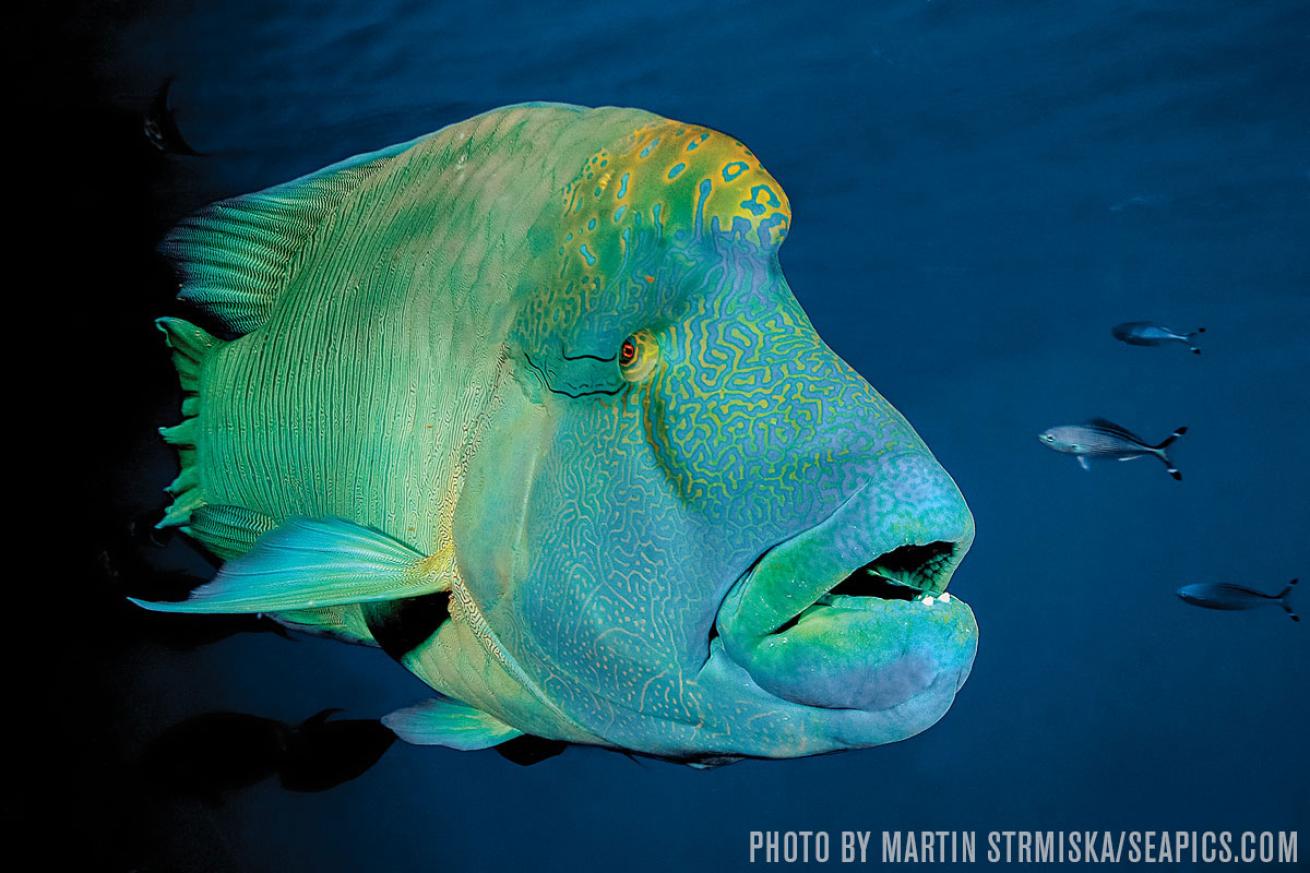
Martin Strmiska/ Seapics.comNapoleon Wrasse
Far from either shore, Daedalus Reef offers a sanctuary for large Napoleon wrasse

Elizabeth FleenerDive Map: Hin Muang Seamount - Thailand
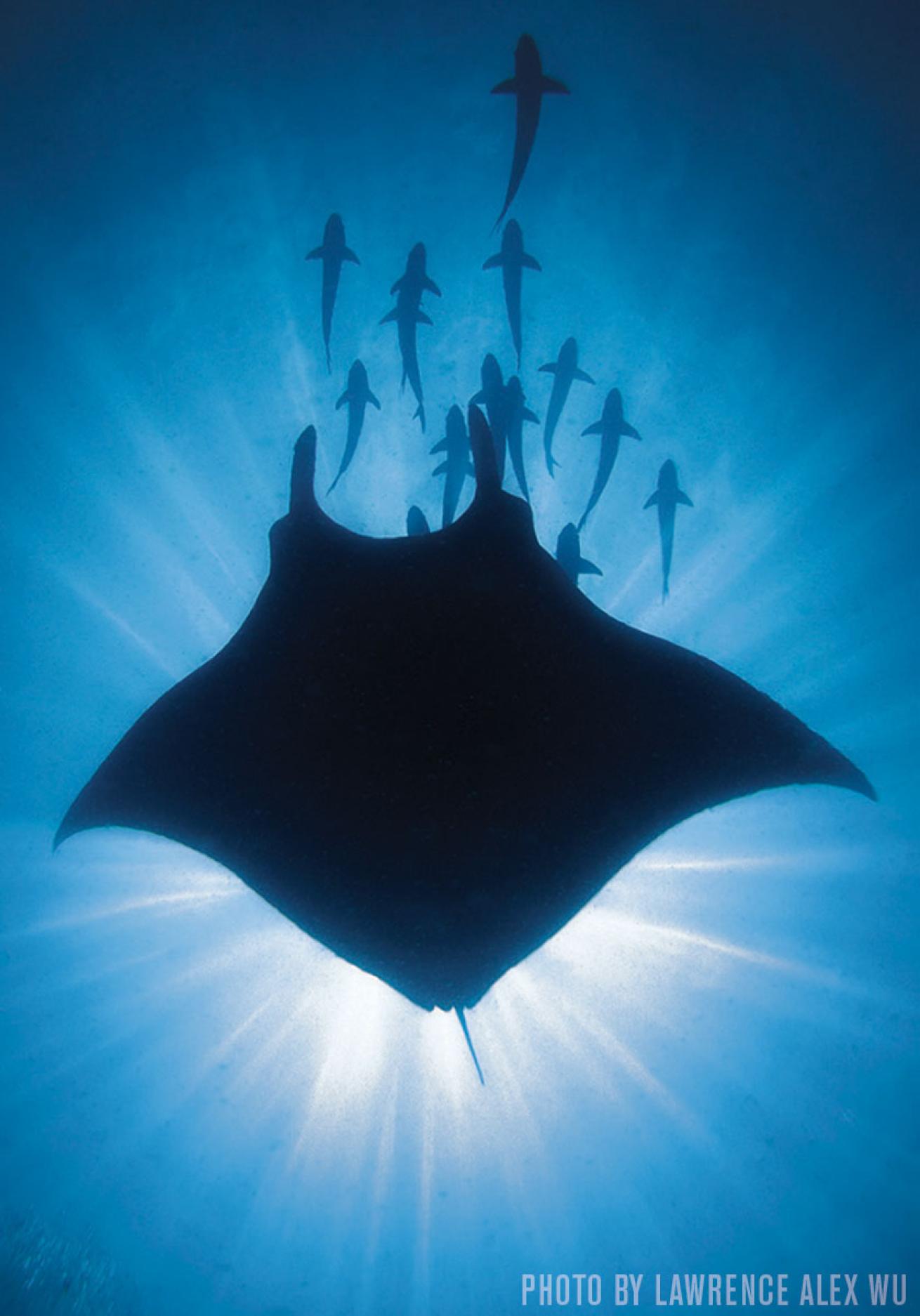
Lawrence Alex WuHin Muang Seamount - Thailand
Blue-water novices looking to get their first taste of open ocean should head to the Andaman Sea off southern Thailand, where the submerged seamount Hin Muang boasts the deepest drop-off in Thai waters and serves as an oceanic beacon to big animals. The seamount rises to within 20 feet of the surface, and once you’ve descended to its peak, you can cruise into the blue to swim into swirling schools of pickhandle barracuda and shimmering walls of bigeye jacks. Always keep an eye to the shadows on the edge of your visibility, as this is one of the best spots in Thailand for whale shark and manta ray sightings. And if you decide to descend past 100 feet, there’s a good chance you’ll run across gray reef sharks as they prowl the edge of the seamount.Dive This Now » aggressor.com
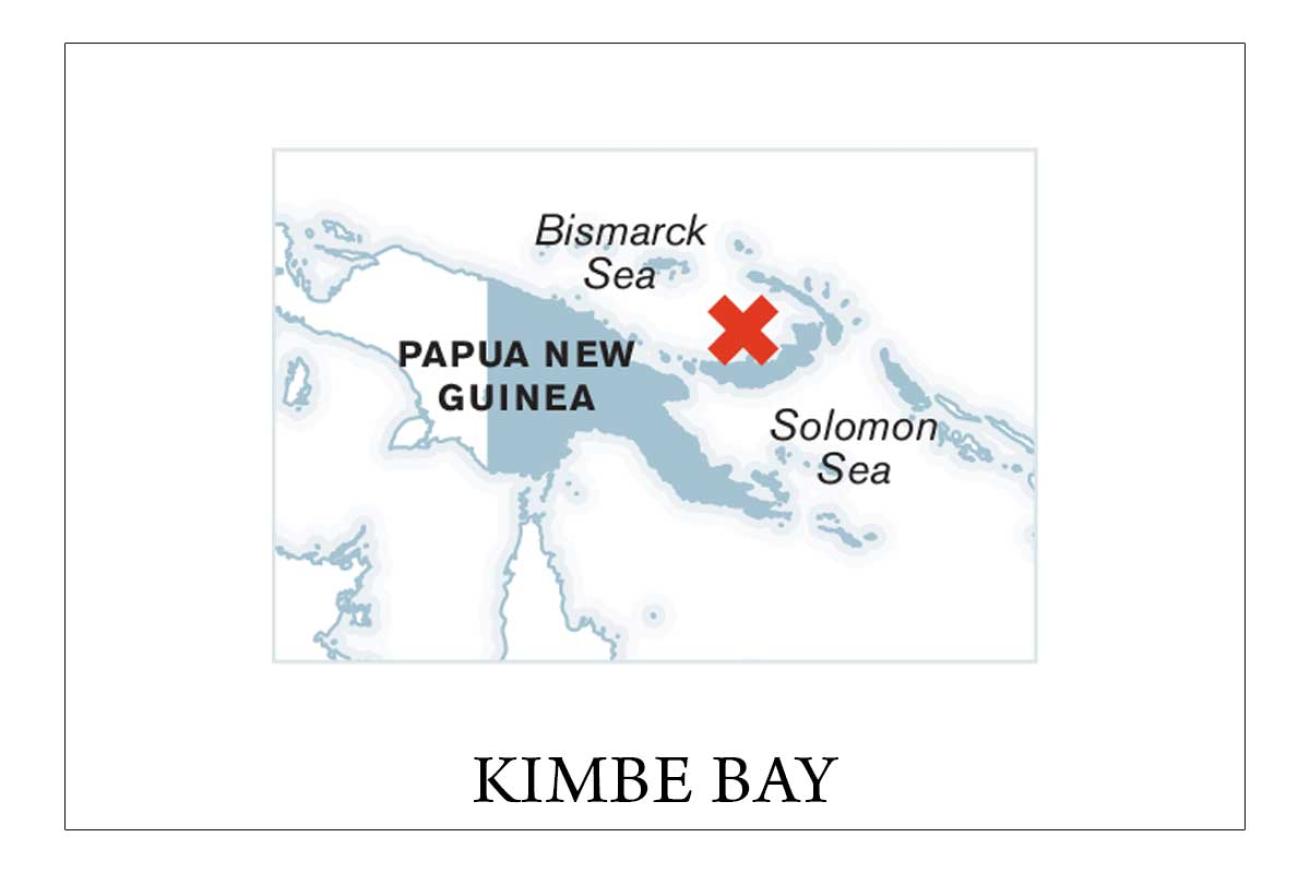
Elizabeth FleenerDive Map: Kimbe Bay - Papua New Guinea
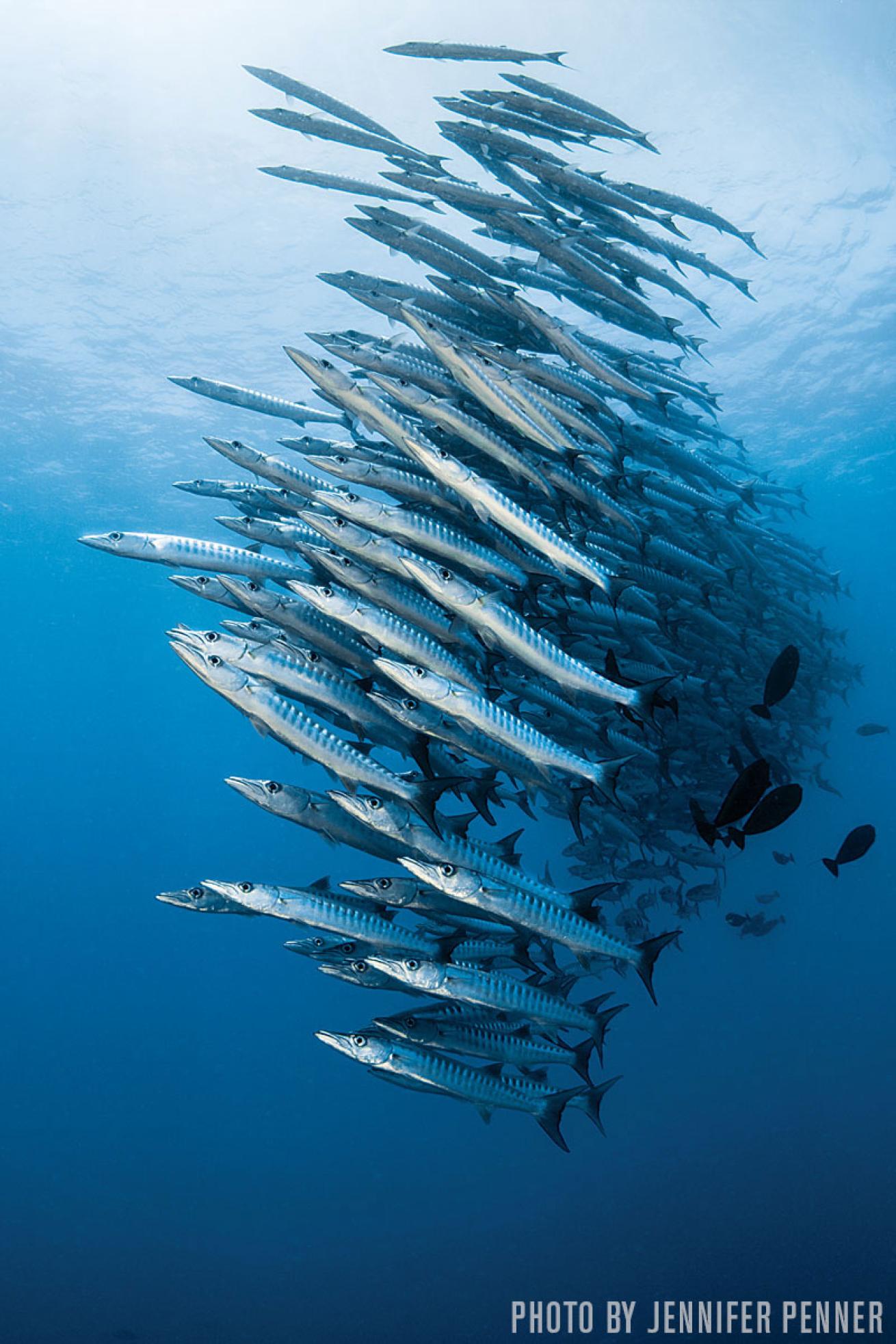
Jennifer PennerKimbe Bay - Papua New Guinea
Diving the remote Coral Triangle seamounts in Papua New Guinea’s Kimbe Bay means boat hopping between pinnacles across deep, wild open ocean. “We often take advantage of any action we see as we cruise between the dive sites,” says Max Benjamin, of Walindi Plantation Re- sort. “Throughout the year we can see sharks, dolphins and baitballs in open water, while November is the best time for sailfish or marlin.” Even more surprising is the occasional appearance of killer whales in these South Pacific waters. “Orcas show up about five times a year, though most sightings are around the end of April,” Benjamin says. Walindi has also outfitted all of their day boats with cargo nets that hang off the side so divers and photographers can get in the water and hang on the nets as the boat motors slowly through the water for incredible interactions with whales or pods of curious bottlenose dolphins.Dive This Now » walindi.com

Elizabeth FleenerDive Map: Cat Island - Bahamas

Tanya G. BurnettCat Island - Bahamas
The Bahamas is best known for dreamy white-sand beaches and sun-drenched coral reefs, but these islands also sit on the edge of the open Atlantic. Cat Island in particular has become a legendary hot spot for blue-water encounters with one of the ocean’s most impressive predators: oceanic whitetip sharks. Unlike placid whitetip reef sharks, these pelagic hunters are thick and muscular. Diving with them is a different story, however. Stuart Cove’s Dive Bahamas runs special trips — the next is slated for spring 2016 — to go blue-water diving with these sharks, and once they’ve been attracted to the boats, divers can drop down 20 to 30 feet in open ocean to photograph them as they stay occupied feeding on scraps of chum.Dive This Now » stuartcove.com
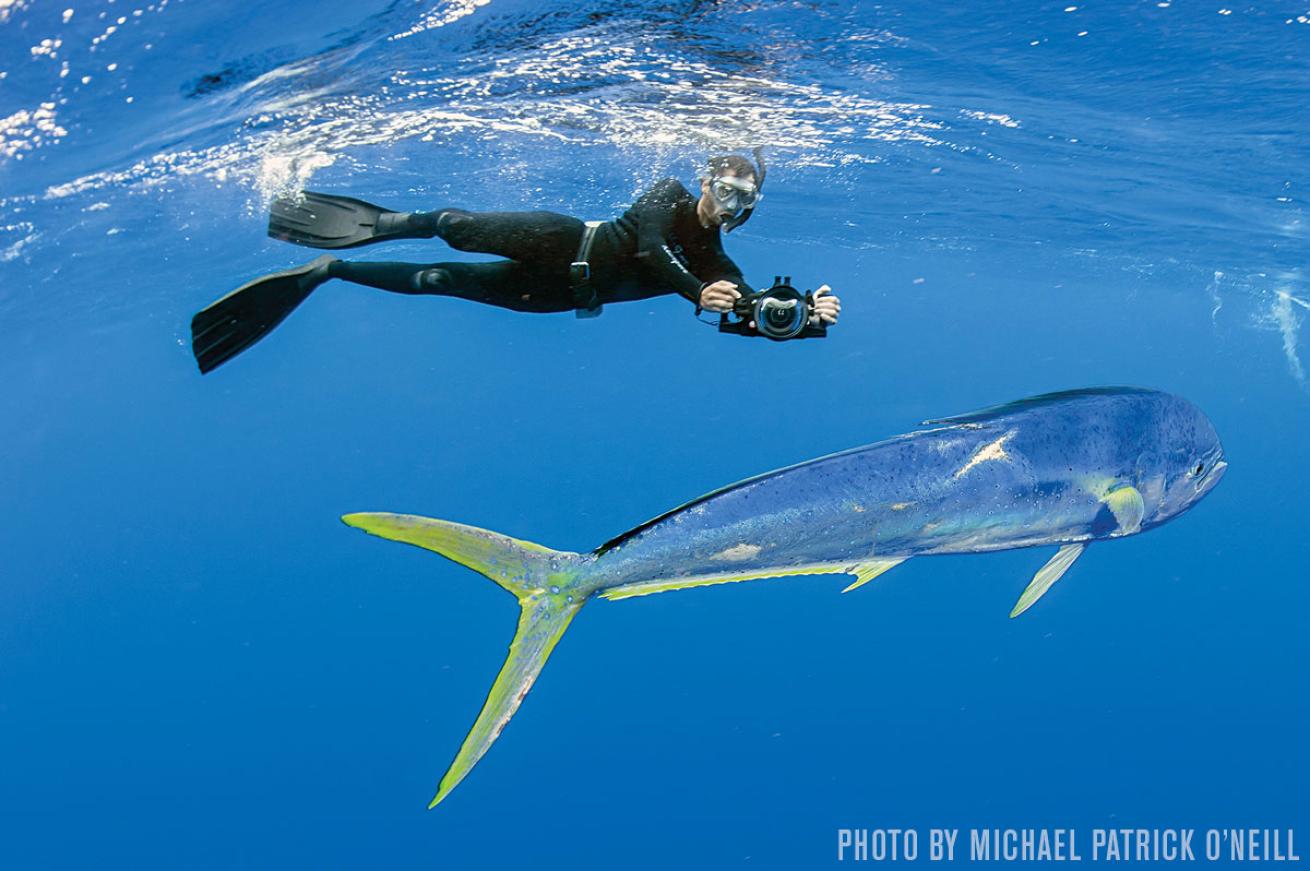
Michael Patrick O'NeillMahi Mahi
Try a pulse-racing dive with mahi mahi off Cat Island.
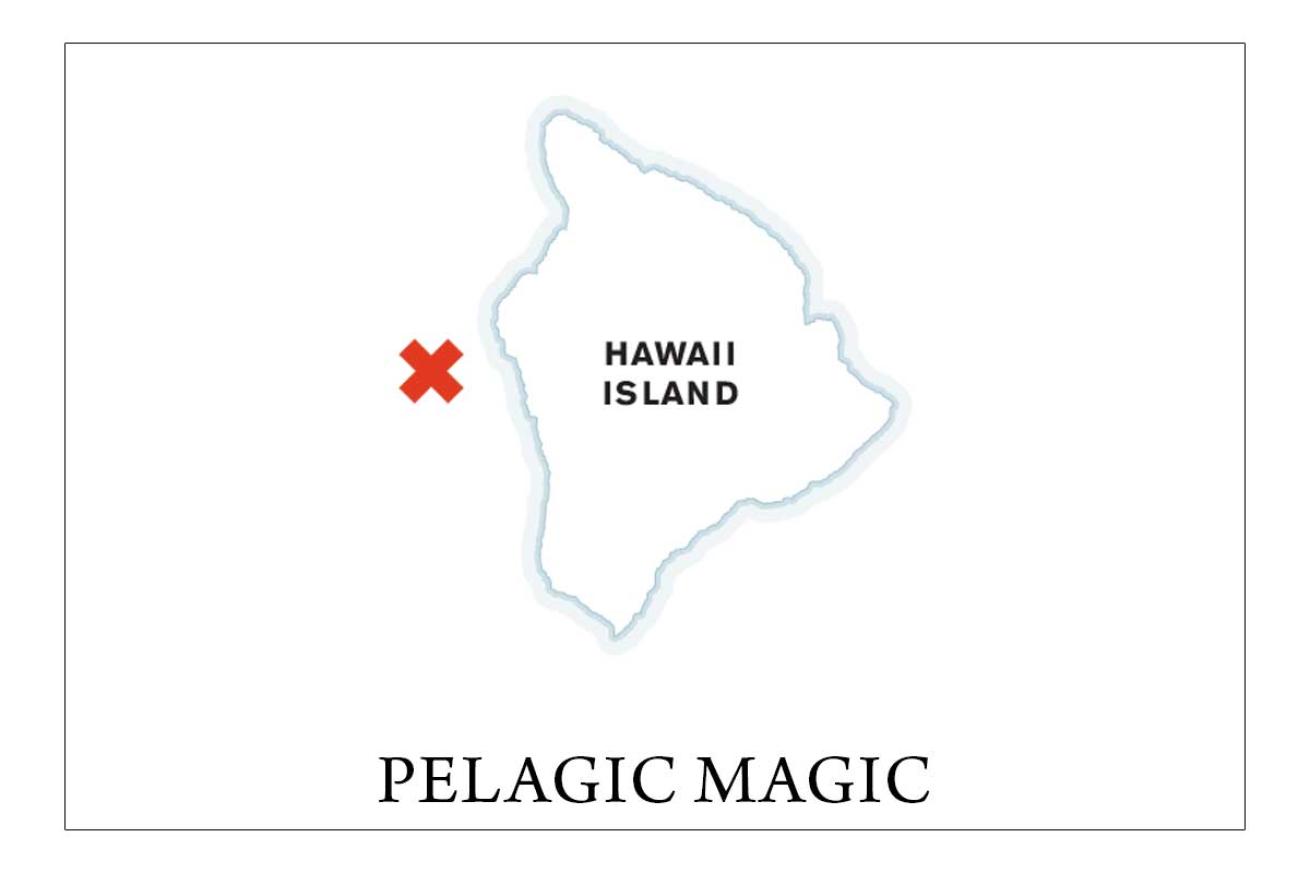
Elizabeth FleenerDive Map: Pelagic Magic - Kona

Doug Perrine/SeapicsPelagic Magic - Kona
How do you take the otherworldly thrill of a daytime blue-water dive and kick it up about a thousand notches? Wait until the sun goes down. That’s exactly what happens on the Pelagic Magic night dives offered by Jack’s Diving Locker in Kona, Hawaii. Without the sunlight filtering down from the surface as you cling to a sea anchor, 50 feet down in 5,000 feet of water, these “black-water” dives can conjure spooky chills with no way to see what’s lurking beyond the edge of your flashlight. But you won’t care after a few minutes because the creatures you do see illuminated in the beam are some of the coolest you’ll ever encounter. Instead of waiting for big animals to cruise by, this dive is all about the rarely seen world of planktonic pelagics, including tiny, almost transparent creatures such as comb jellies, whose bioluminescent cilia shimmer like the lights of an alien spacecraft moving through the water. You may also spot the just-born babies of large creatures, like larval broadbill swordfish still the size of a thumbnail. And keep your eyes peeled for rare animals, like pelagic Hawaiian seahorses, that spend their lives floating in this featureless abyss.Dive This Now » jacksdivinglocker.com
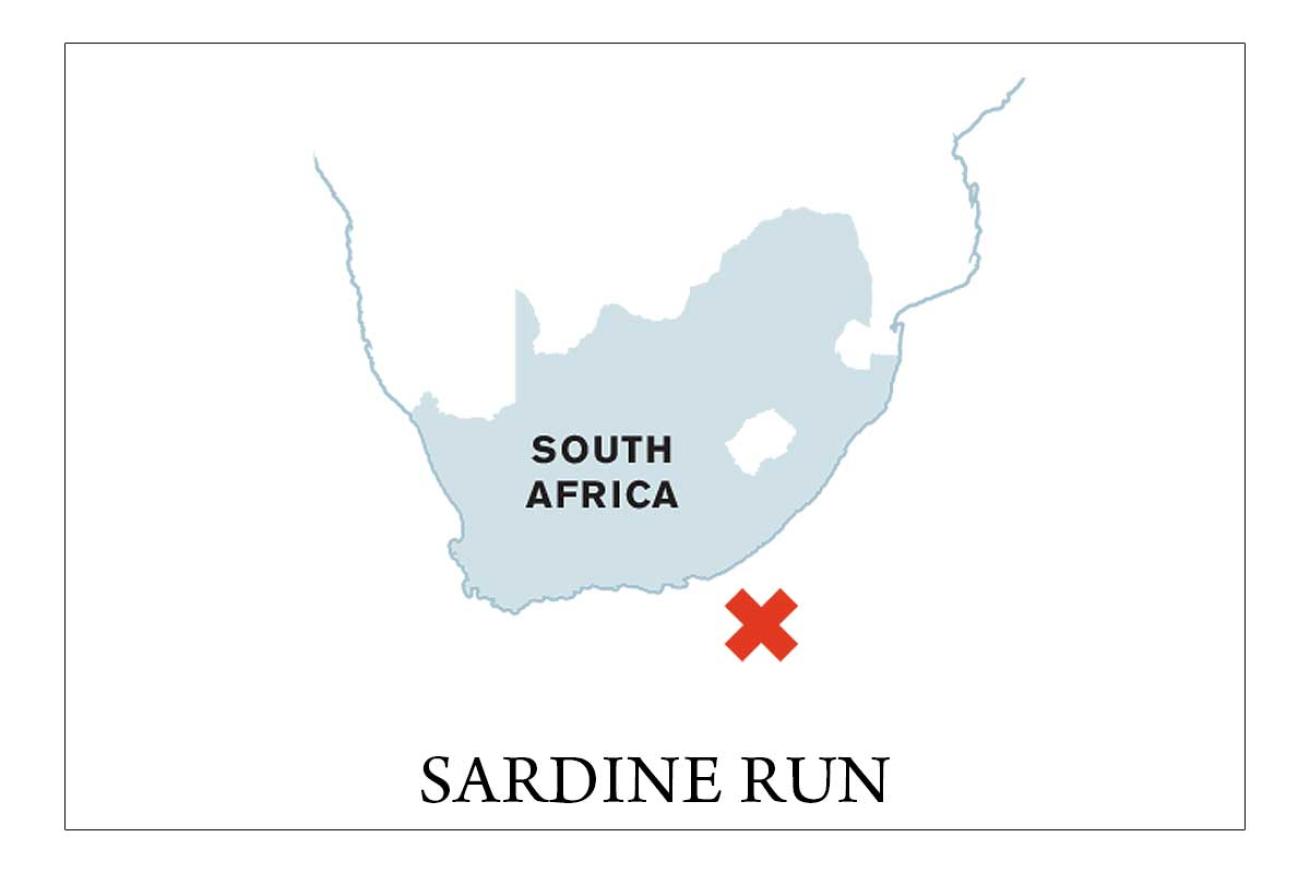
Elizabeth FleenerDive Map: Sardine Run - South Africa
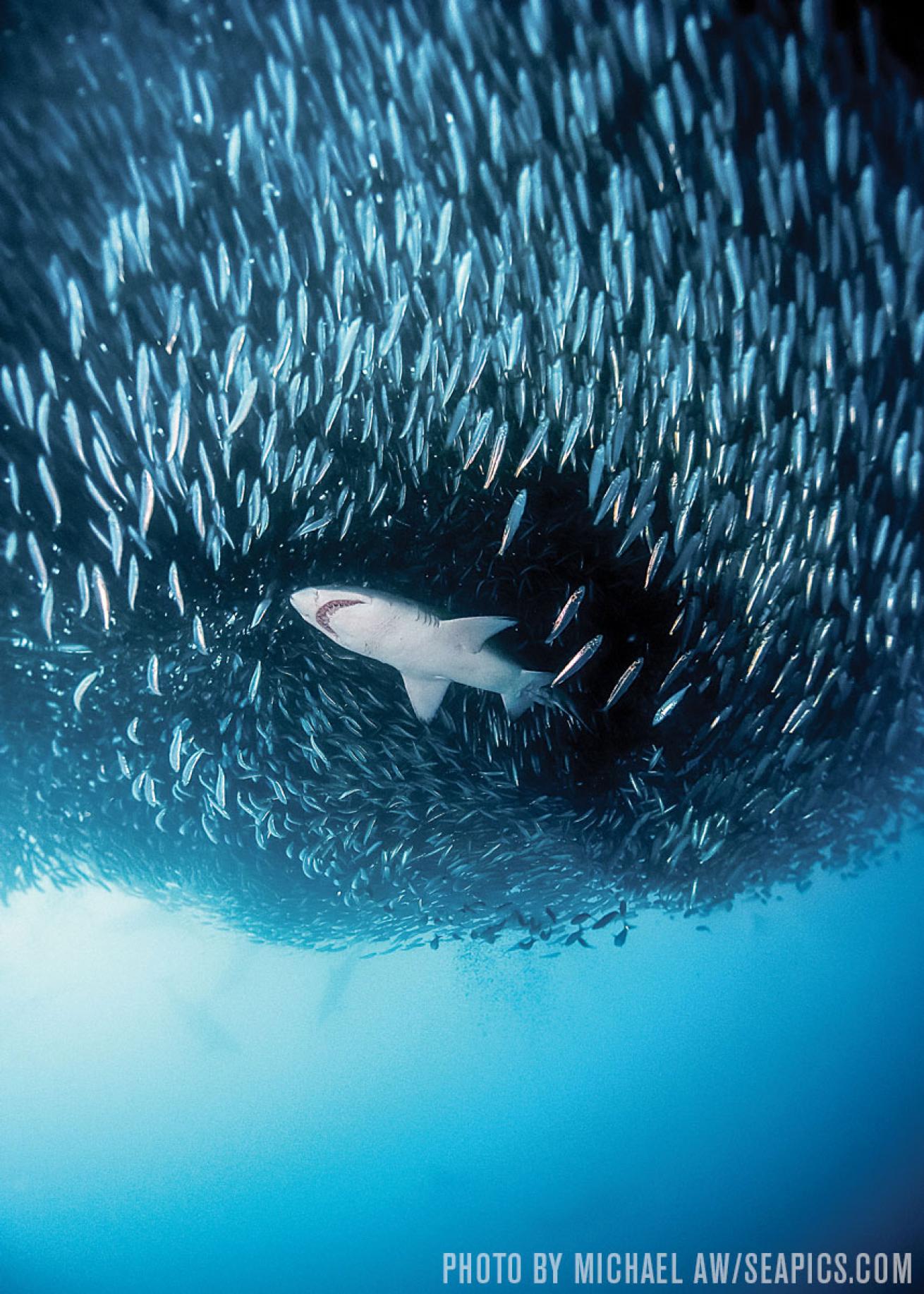
Michael Aw/ Seapics.comSardine Run - South Africa
For the ultimate blue-water adventure, head to South Africa and dive into a feeding frenzy. This is the sardine run: A swerving, swirling, pulsing mass of sardines more than a mile wide, with you right underneath, taking a front-row seat as every oceanic predator from Port Elizabeth to Durban attacks the shimmering school at full speed. Dolphins spin bubble nets around the perimeter, while copper and Zambezi sharks blast through with teeth blazing. Whales swoop in from below, gulping vast mouthfuls of the tiny baitfish, and Cape gannets dive-bomb from the air. It’s the sort of unbridled predator-on-prey action you can see only in Africa, and it happens every year between May and July. During this time, expeditions leave from the Eastern Cape and KwaZulu-Natal provinces with dives happening from small, fast inflatable boats that can chase the sardine schools with the help of small spotter planes.Dive This Now » prodive.co.za
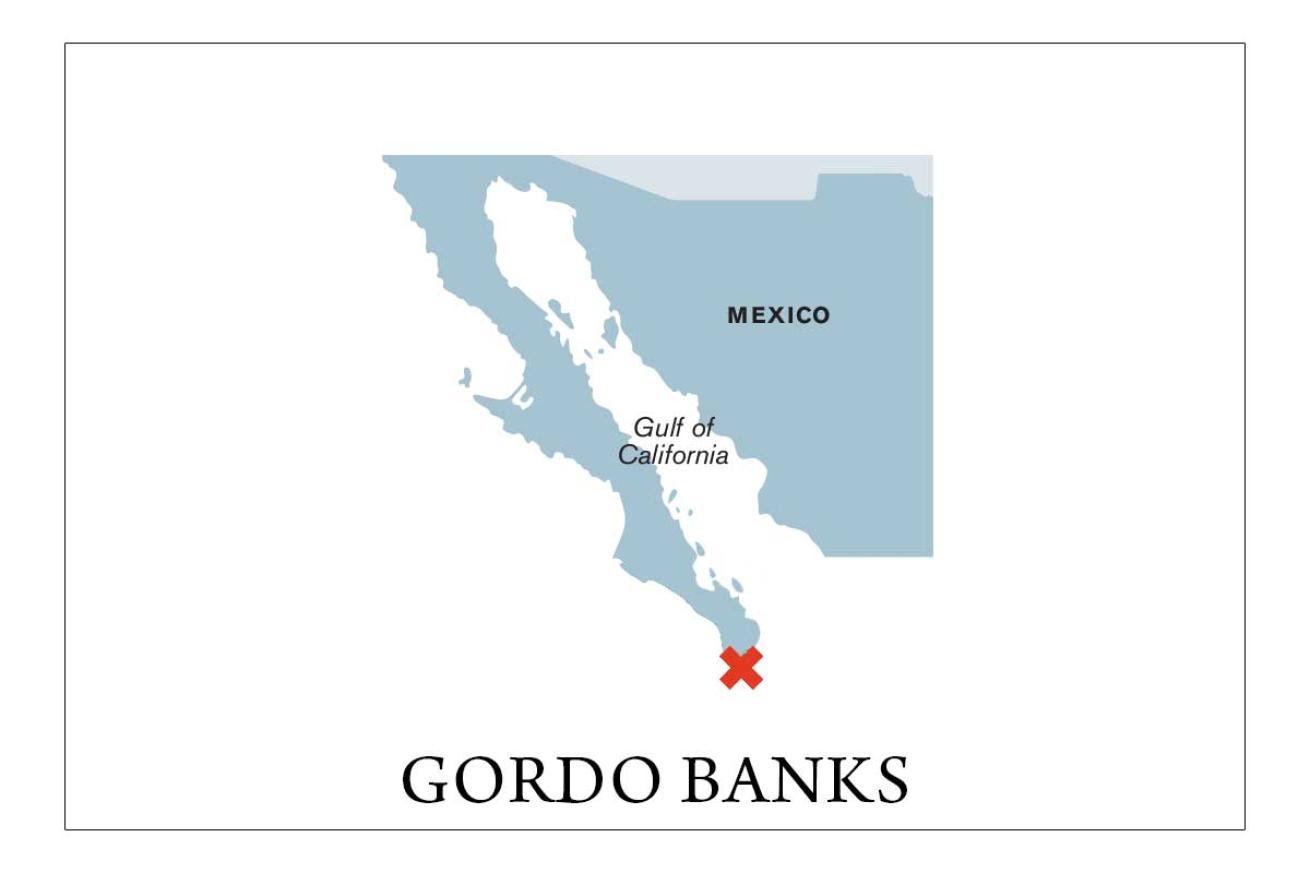
Elizabeth FleenerDive Map: Gordo Banks - Baja

Doug Perrine/SeapicsGordo Banks - Baja
Dropping down on Gordo Banks off the tip of Mexico’s Baja Peninsula is a bit like parachuting into the heart of the Serengeti, where the only law is the law of the wild. The seamount rises from the abyssal depths, with its peak barely reaching recreational-diving depths at 125 feet. Simply descending to the rock through ripping currents takes fortitude, but once you’re in the lee, you can swim into the blue water to meet big pelagics on their own terms. “The area around Cabo is famous for big-animal encounters,” says Hagai Tzur, general manager of Manta Scuba in Cabo San Lucas. “And Gordo Banks is a favorite among experienced divers who look for pelagic fish and the chance to swim with hammerhead sharks and mobula rays that swim in large schools in blue water.”Dive This Now » caboscuba.com
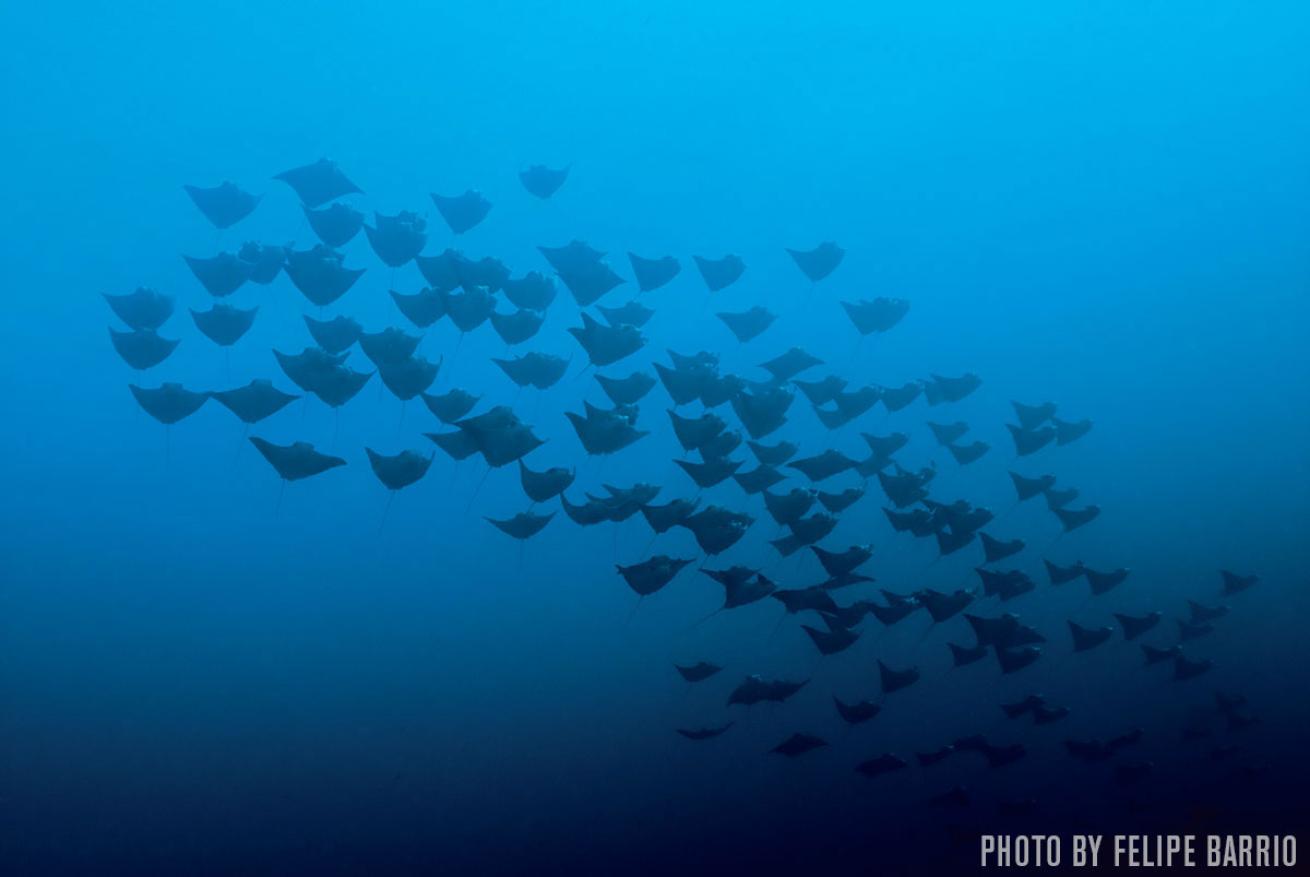
Felipe BarrioMobula Rays
Pelagics like mobula rays gather at Gordo Banks.
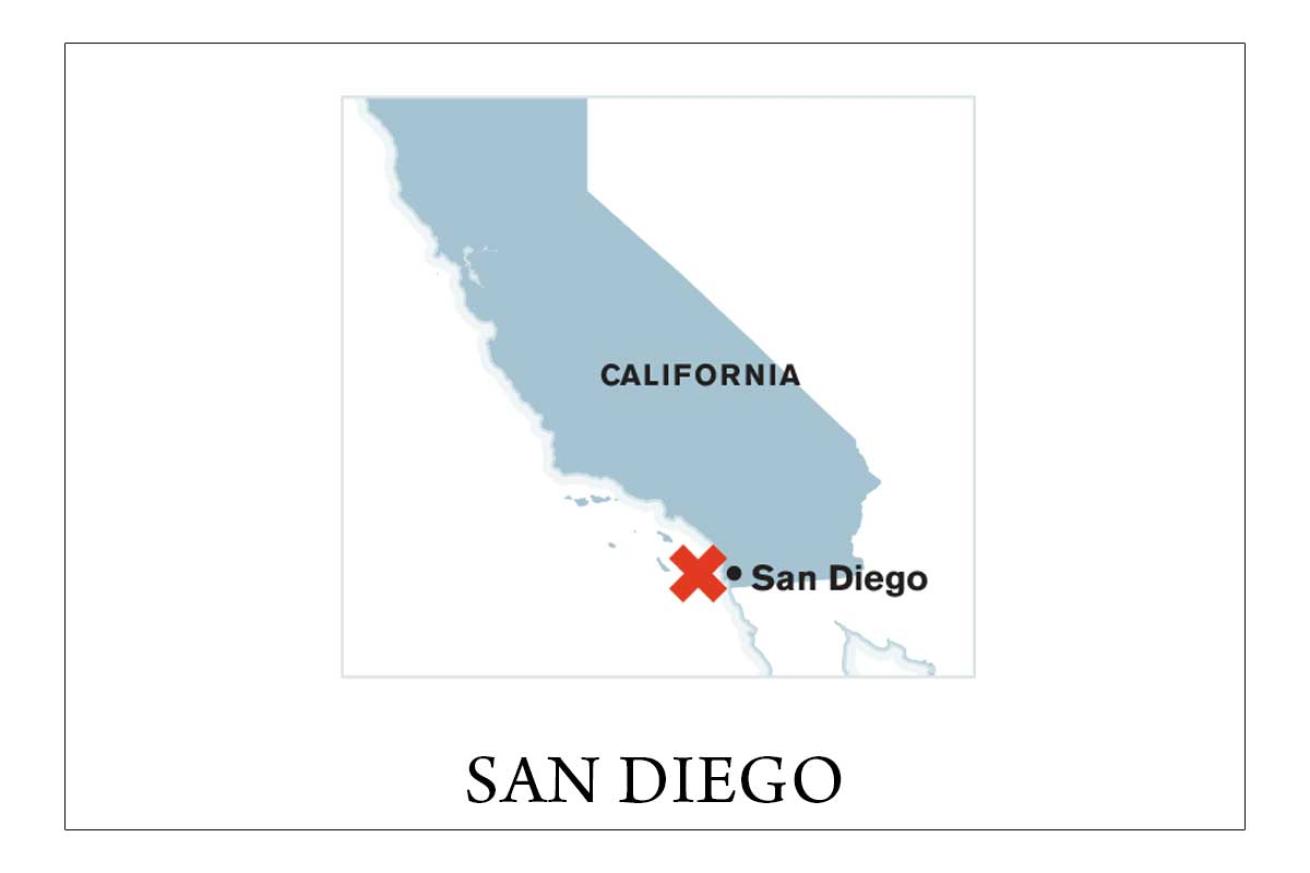
Elizabeth FleenerDive Map: San Diego - Southern California
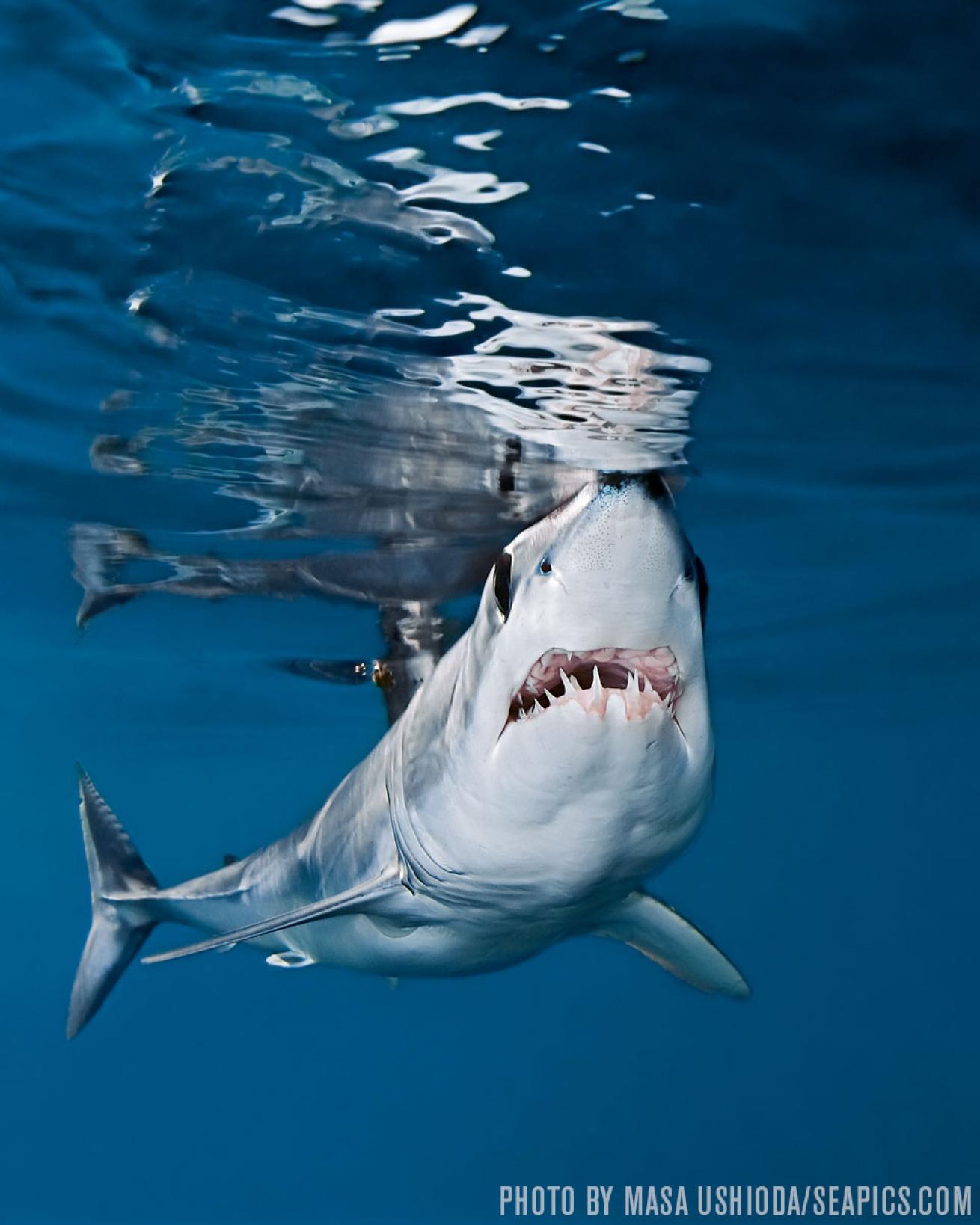
Masa Ushioda / Seapics.comSan Diego - Southern California
You don’t have to travel to the far corners of the Earth to have a heart-pumping blue-water encounter. Just off San Diego, you can slip into the water to swim cage-free with the world’s fastest shark, the shortfin mako. “Swimming with the world’s fastest shark is an adrenaline-fueled experience,” says Kyle McBurnie, owner of SD Expeditions, a shark diving charter in San Diego. “Makos are fast, and have a commanding presence in the water — you don’t take your eyes off them.” In 2013, McBurnie began offering mako shark diving charters; today, he runs trips year-round. “Blue-water shark diving really allows divers to get up close and personal with the animals,” he adds. “It’s an intimate experience. You almost develop a relationship with these individual sharks, many of which have never seen a human in the water. You can sense the experience is as amazing for the animals as it is for the guests.”Dive This Now » sdexpeditions.com
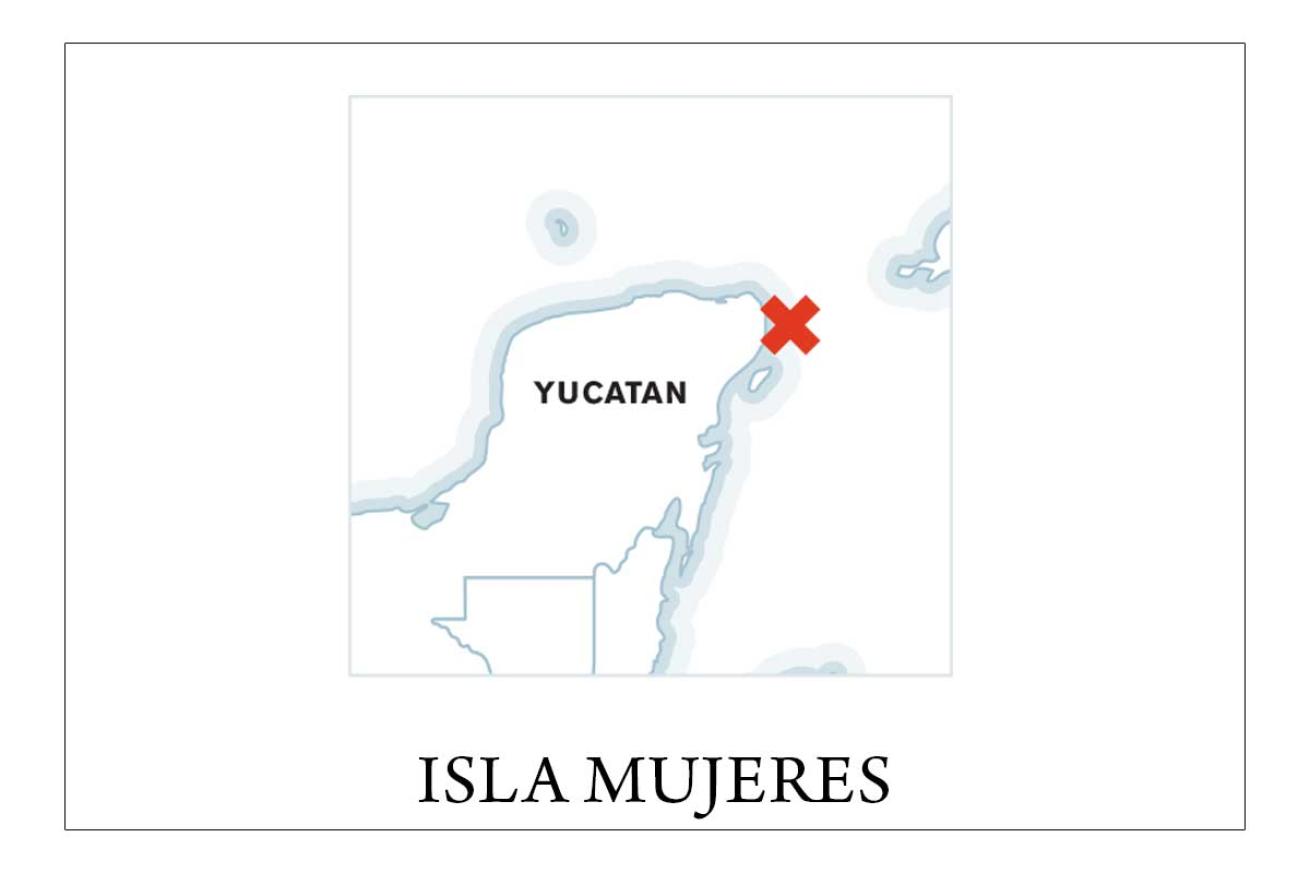
Elizabeth FleenerDive Map: Isla Mujeres - Yucatan, Mexico
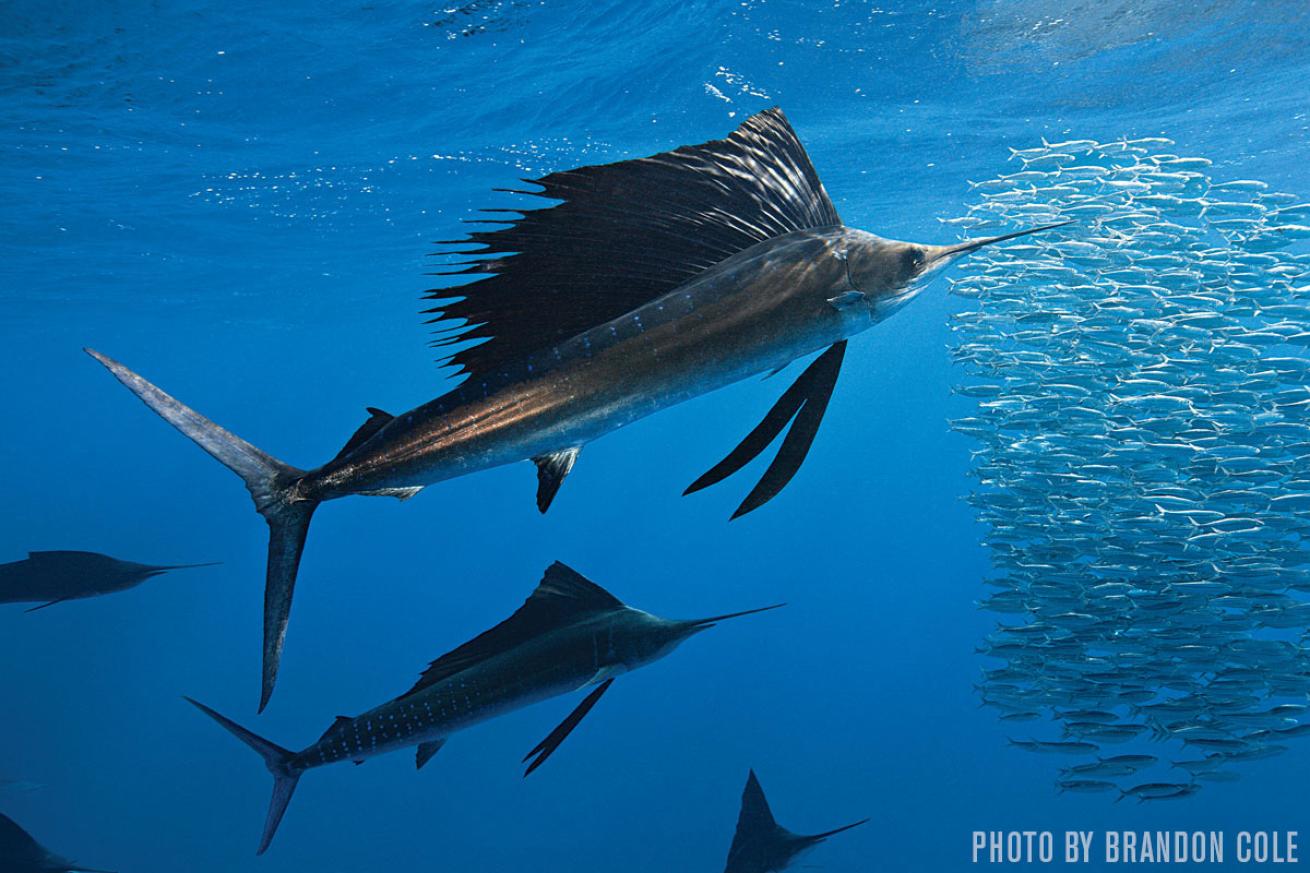
Brandon ColeIsla Mujeres - Yucatan, Mexico
What if you could snorkel alongside the ocean’s fastest fish? And what if that approximately 200-pound torpedo rocketing through the ocean at about 70 mph was outfitted with a sabrelike snout, capable of stabbing and slashing as it goes? If you’re still not scared, make a bee-line for Mexico’s Riviera Maya to see sailfish in full predation mode as they corral schooling sardines off the Yucatan Peninsula. “We head to the deep ocean beyond Contoy Island in the Gulf of Mexico, where sailfish follow the sardines between January and March,” says Markus Fleischmann, CEO of Pro Dive Mexico. “When we spot sailfish, we jump in the water and watch as they strategically round up the baitballs with their sails before blasting through the school, smashing the sardines with their bills until they’ve eaten every last one.”Dive This Now » prodivemex.com

Eric Hanauer/ Seapics.comWhale Sharks
When whale sharks visit Isla waters, the pool’s open for the photo op of a lifetime.
DIVE IN NOW
Whether it’s a sunny coral reef, a hulking wreck or a rickety pier, most marine life (and most divers) prefer to remain near the safety of underwater structure. But what about animals that don’t need to hide — those sharks, whales, mantas and other behemoths that cruise the inky-blue depths of the open ocean? If you want to come face to face with these pelagics on their home turf, you have to swim into the deep blue void of inner space. To be sure, blue-water diving isn’t for the faint-hearted. As you slip beneath the surface, you enter a world with no seafloor to stop your descent, and nothing but your bubbles to tell you up from down. You dangle, midwater, in a seemingly bottomless ocean, waiting for whatever big thing senses your body’s electrical signals and cruises in for a closer look. If you’ve got what it takes to venture into the blue, here are 10 amazing don’t-miss adventures.
TAKE THIS PADI COURSE: Prepare for more-challenging dives with the AOW course: “Blue-water diving is ‘bottomless,’ says Karl Shreeves, PADI’s technical development executive. “The Peak Performance Buoyancy dive helps your depth-control skills, and the Deep dive teaches you planning and techniques for depths to the 100-foot range.”
PRO PHOTO TIP: Want to nail that shot? “Then prepare,” says underwater photo pro Alex Mustard. “Once you’re in the water, wipe the bubbles from your port, focus on your buddy, lock it, and dial in your exposure for the blue. Now you’re ready for the encounter of a lifetime.”
Princess Alice Bank - Azores
Dive This Now » cwazores.com
Daedalus Reef - Egypt’s Red Sea
Dive This Now » aggressor.com
Kimbe Bay - Papua New Guinea
Dive This Now » walindi.com
Hin Muang Seamount - Thailand
Dive This Now » aggressor.com
Cat Island - Bahamas
Dive This Now » stuartcove.com
Pelagic Magic - Kona
Dive This Now » jacksdivinglocker.com
Sardine Run - South Africa
Dive This Now » prodive.co.za
Gordo Banks - Baja
Dive This Now » caboscuba.com
San Diego - Southern California
Dive This Now » sdexpeditions.com
Isla Mujeres - Yucatan, Mexico
Dive This Now » prodivemex.com



